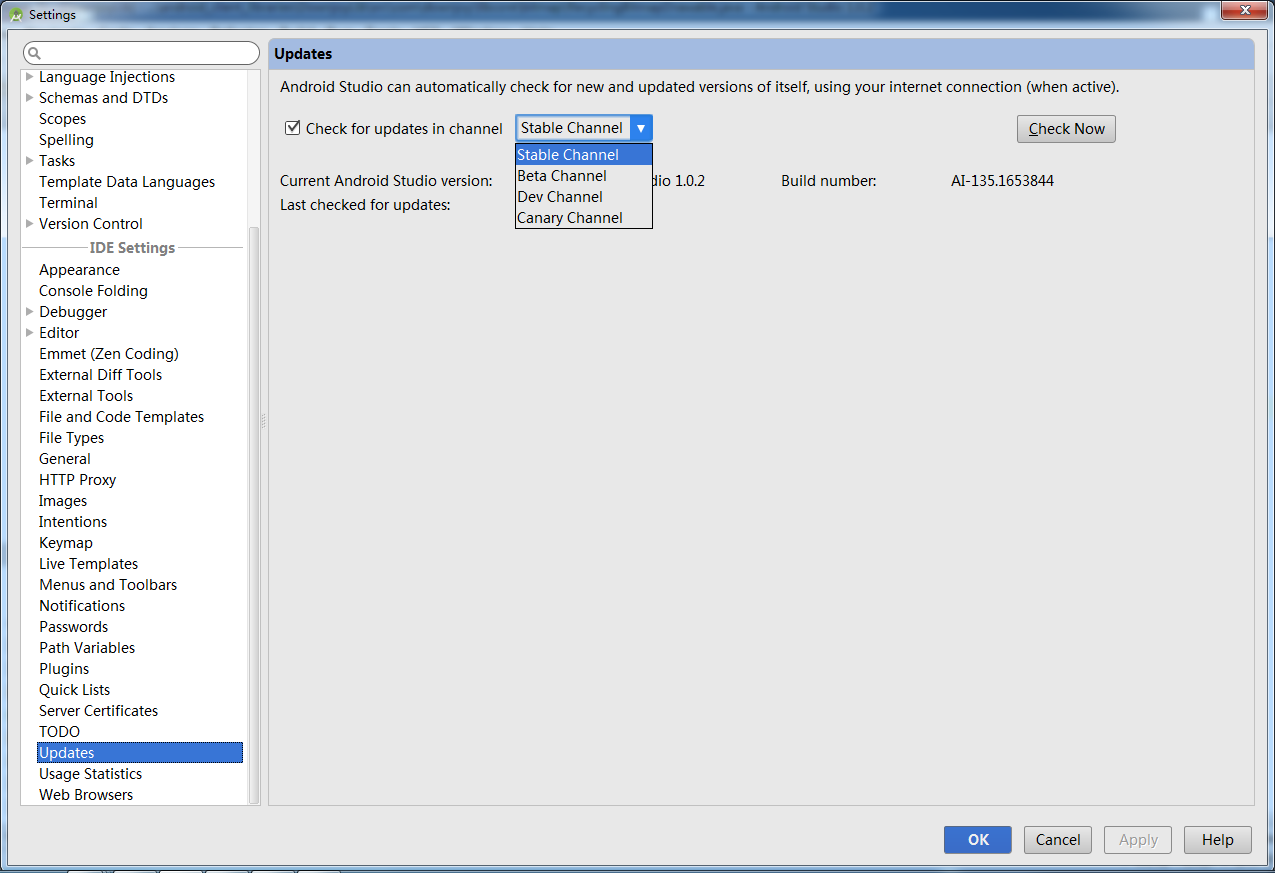編輯:Android開發實例
上一篇文章,主要將如何UI設計器設計TableLayout + TableRow,由於實際應用中,經常需要在代碼裡往TableLayout添加數據(9宮圖也可以用TableLayout做出來 ),本文就是介紹這方面的簡單使用方法。
main.xml的代碼如下,用到TableLayout的ID為TableLayout01:
- <?xml version="1.0" encoding="utf-8"?>
- <LinearLayout xmlns:android="http://schemas.android.com/apk/res/android"
- android:orientation="vertical"
- android:layout_width="fill_parent"
- android:layout_height="fill_parent"
- >
- <TableLayout
- android:id="@+id/TableLayout01"
- android:layout_width="fill_parent"
- android:layout_height="wrap_content">
- </TableLayout>
- </LinearLayout>
JAVA代碼如下:
- package com.LayoutDemo;
- import com.LayoutDemo.R;
- import android.app.Activity;
- import android.os.Bundle;
- import android.view.ViewGroup;
- import android.widget.TableLayout;
- import android.widget.TableRow;
- import android.widget.TextView;
- public class LayoutDemo extends Activity {
- /** Called when the activity is first created. */
- private final int WC = ViewGroup.LayoutParams.WRAP_CONTENT;
- private final int FP = ViewGroup.LayoutParams.FILL_PARENT;
- @Override
- public void onCreate(Bundle savedInstanceState) {
- super.onCreate(savedInstanceState);
- setContentView(R.layout.main);
- //新建TableLayout01的實例
- TableLayout tableLayout = (TableLayout)findViewById(R.id.TableLayout01);
- //全部列自動填充空白處
- tableLayout.setStretchAllColumns(true);
- //生成10行,8列的表格
- for(int row=0;row<10;row++)
- {
- TableRow tableRow=new TableRow(this);
- for(int col=0;col<8;col++)
- {
- //tv用於顯示
- TextView tv=new TextView(this);
- tv.setText("("+col+","+row+")");
- tableRow.addView(tv);
- }
- //新建的TableRow添加到TableLayout
- tableLayout.addView(tableRow, new TableLayout.LayoutParams(FP, WC));
- }
- }
- }
結果如下圖:
 Android本地化
Android本地化
Android應用程序可以在許多不同地區的許多設備上運行。為了使應用程序更具交互性,應用程序應該處理以適合應用程序將要使用的語言環境方面的文字,數字,文件等。在本章中,我
 clipse項目遷移到android studio的方法(圖文最新版)
clipse項目遷移到android studio的方法(圖文最新版)
前言 最近Android studio(下文簡稱AS)官方發布了正式版,目前火得不行。個人認為主要是因為android是google自家的產品,AS也是他自己搞的
 Android登錄實例
Android登錄實例
登錄應用程序的屏幕,詢問憑據登錄到一些特定的應用。可能需要登錄到Facebook,微博等本章介紹了,如何創建一個登錄界面,以及如何管理安全問題和錯誤嘗試。首先,必須定義兩
 Android登錄實例
Android登錄實例
登錄應用程序的屏幕,詢問憑據登錄到一些特定的應用。可能需要登錄到Facebook,微博等本章介紹了,如何創建一個登錄界面,以及如何管理安全問題和錯誤嘗試。首先,必須定義兩